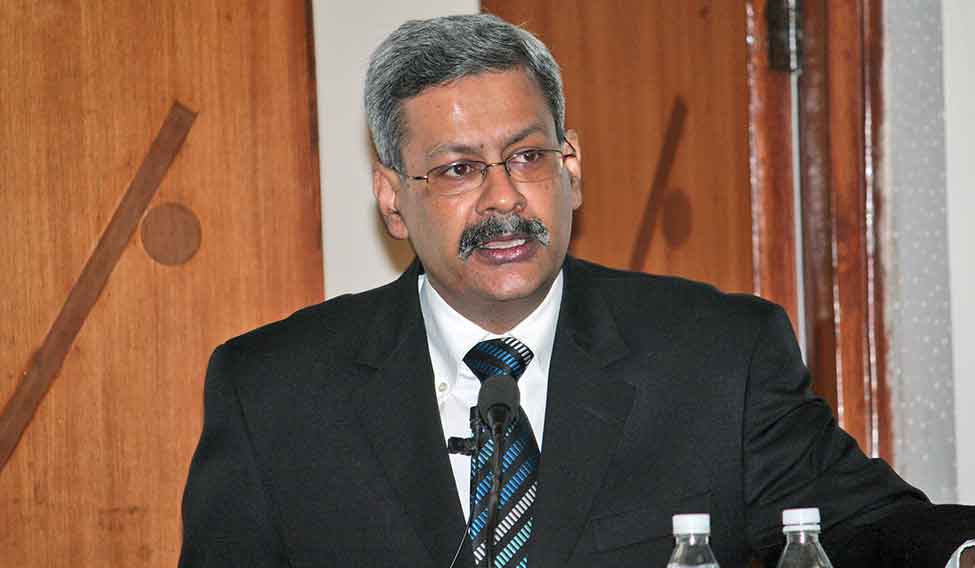Interview/ Dr Anoop Misra, chairman, Fortis C-DOC Centre of Excellence for Diabetes, Metabolic Diseases and Endocrinology; chairman, National Diabetes, Obesity and Cholesterol Foundation; director, Diabetes and Metabolic Diseases, Diabetes Foundation
How is diabetes different for Indian patients?
Type 2 diabetes affects Indians a decade earlier [than patients from other parts of the world] and is more problematic. Indian patients have more kidney problems and heart disease compared to other races. Moreover, Indian diabetes patients are also affected by the high prevalence of infections in India. Increasing tuberculosis in diabetes patients is an area of concern. Further, prevalence of pre-diabetes is high in Indians; so is conversion to diabetes. More than 50 per cent of affected cases remain undiagnosed.
Prime determinants for diabetes in India are physical inactivity, imbalanced diets, abdominal obesity, excess body, liver and pancreatic fat, low muscle mass, and possibly adverse prenatal and early life nutrition.
What are the odds of a diabetes patient suffering from heart disease or stroke in his lifetime?
Overall risk of heart attacks over the next 30 years is as follows: 78 per cent for normal-weight men; 54 per cent for normal-weight women; 87 per cent for obese men; and 80 per cent for obese women. The risk of stroke, too, is substantial and is likely to be higher in Indians.
Why do Indian women with diabetes have an increased risk of heart disease?
In general, Indian women are sedentary and more obese than men. This leads to the insulin action on glucose and lipids being impaired, which further leads to more deposition of glucose and lipids inside the lining of arteries, making them stiff and impeding blood flow. In general, the attention Indian women give to their diet and health is inadequate, making them prone to obesity, diabetes and heart disease. Snacking on unhealthy food is common and there is a general lack of awareness about healthy oils, cooking methods and nutrition.
About 50 per cent of deaths in people with type 2 diabetes is because of cardiovascular disease, yet most diabetes patients monitor only their blood glucose. Is more awareness needed?
Absolutely. Besides patients, even among many Indian physicians the approach is mostly glucocentric. Actually, all risks must be mitigated to prevent heart disease in diabetes. These include normalisation of blood pressure, cholesterol, weight and physical aerobic exercise. Instead of a single target, we should deal with multiple targets, and all should be tackled with equal zeal.
What should diabetes patients do to manage the disease better?
I have a placard in my offices that says, “Patients having knowledge and discipline win over diabetes.” I show it to all my patients. This means knowledge must be imparted by the physician in a correct manner and should be imbibed with seriousness by the patient. Once knowledge is in place, a diabetes patient should be able to live a normal life with discipline. This includes proper diet, exercise, taking medication at fixed times and keeping regular appointments for tests and check-ups.
Should the cut-off values for cholesterol, triglycerides and blood pressure be different for diabetics?
Yes. Unless we are more stringent about the cut-offs of risk factors, and equally stringent about applying them to patients, we are unlikely to succeed in the prevention of diabetes. For example: levels of LDL cholesterol (bad cholesterol) should be kept below 100mg/dL in most patients; and less that 70mg/dL for those at high risk of heart disease. Indeed, the lower the level, the better. This is much below the desirable level in non-diabetic individuals which is 130mg/dL or below.







